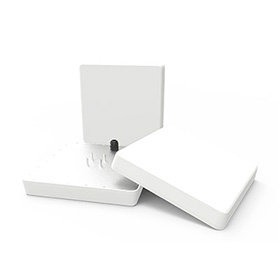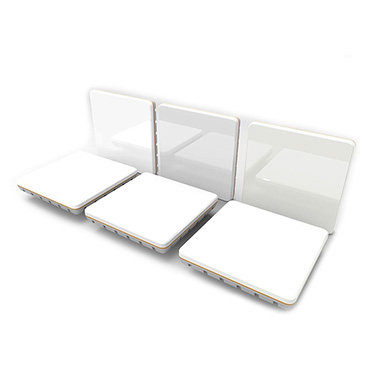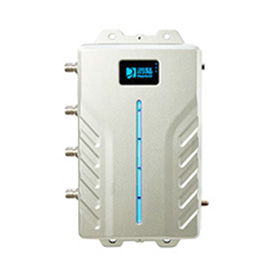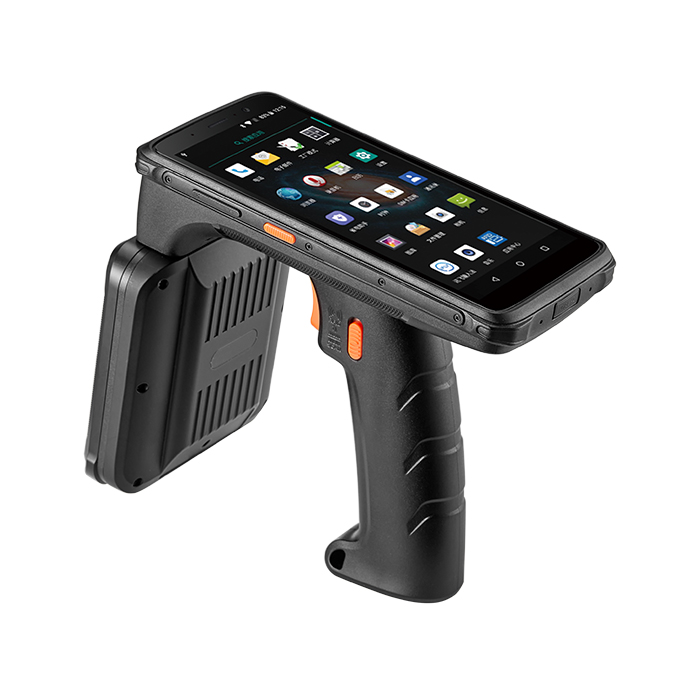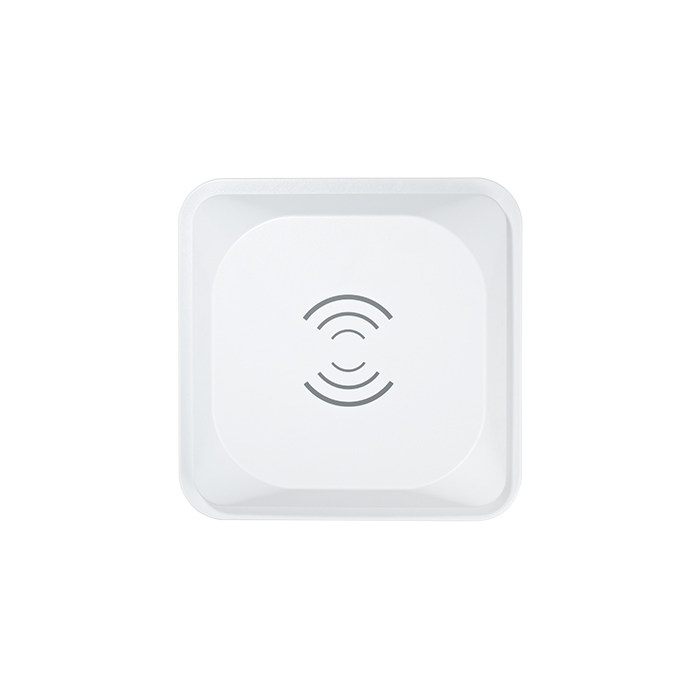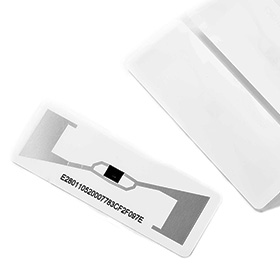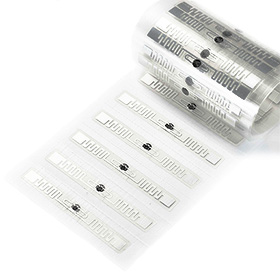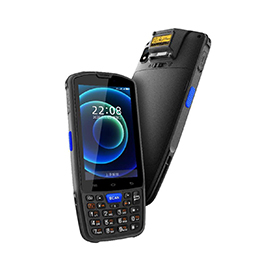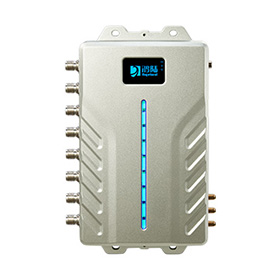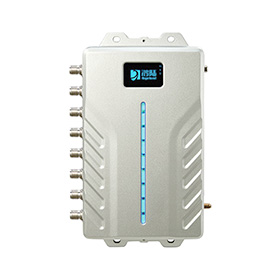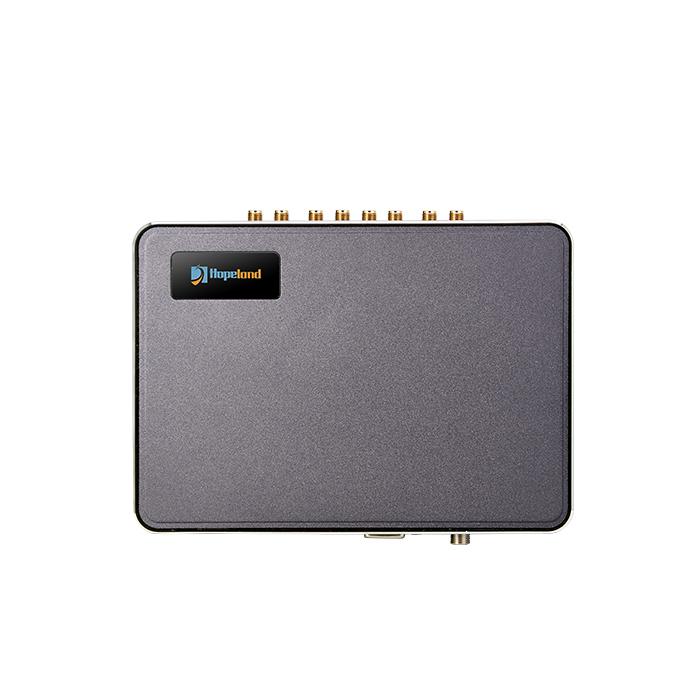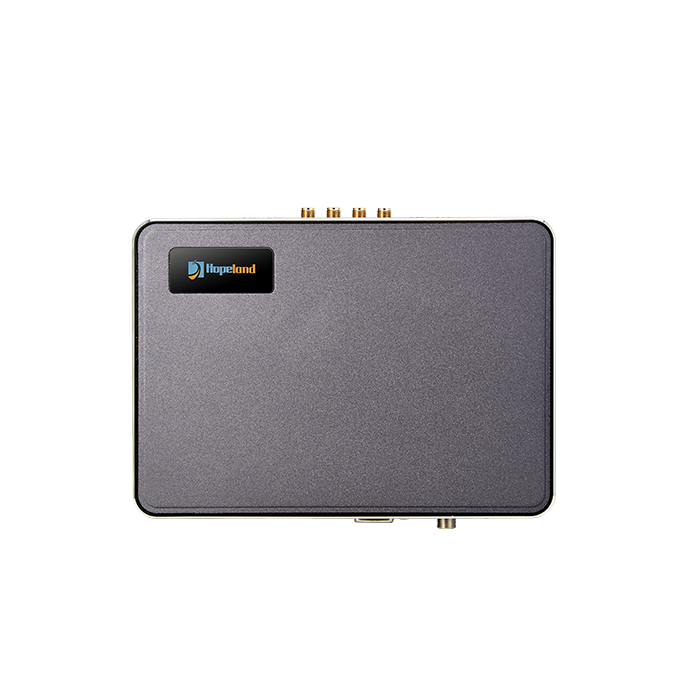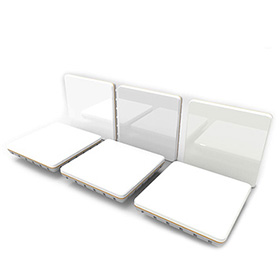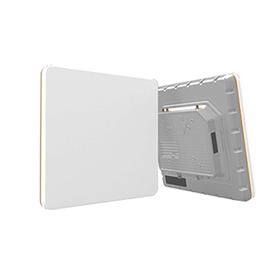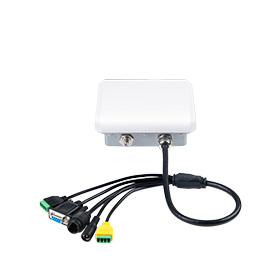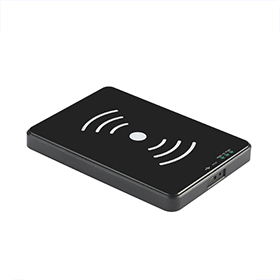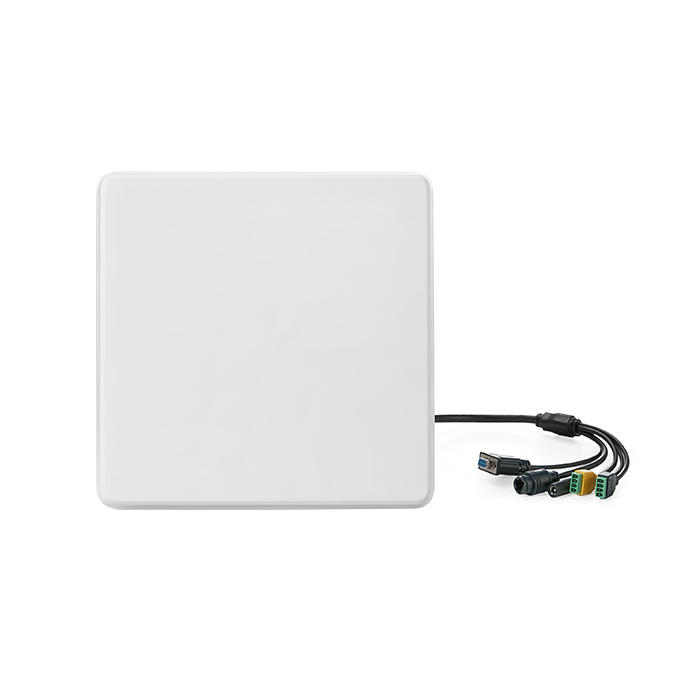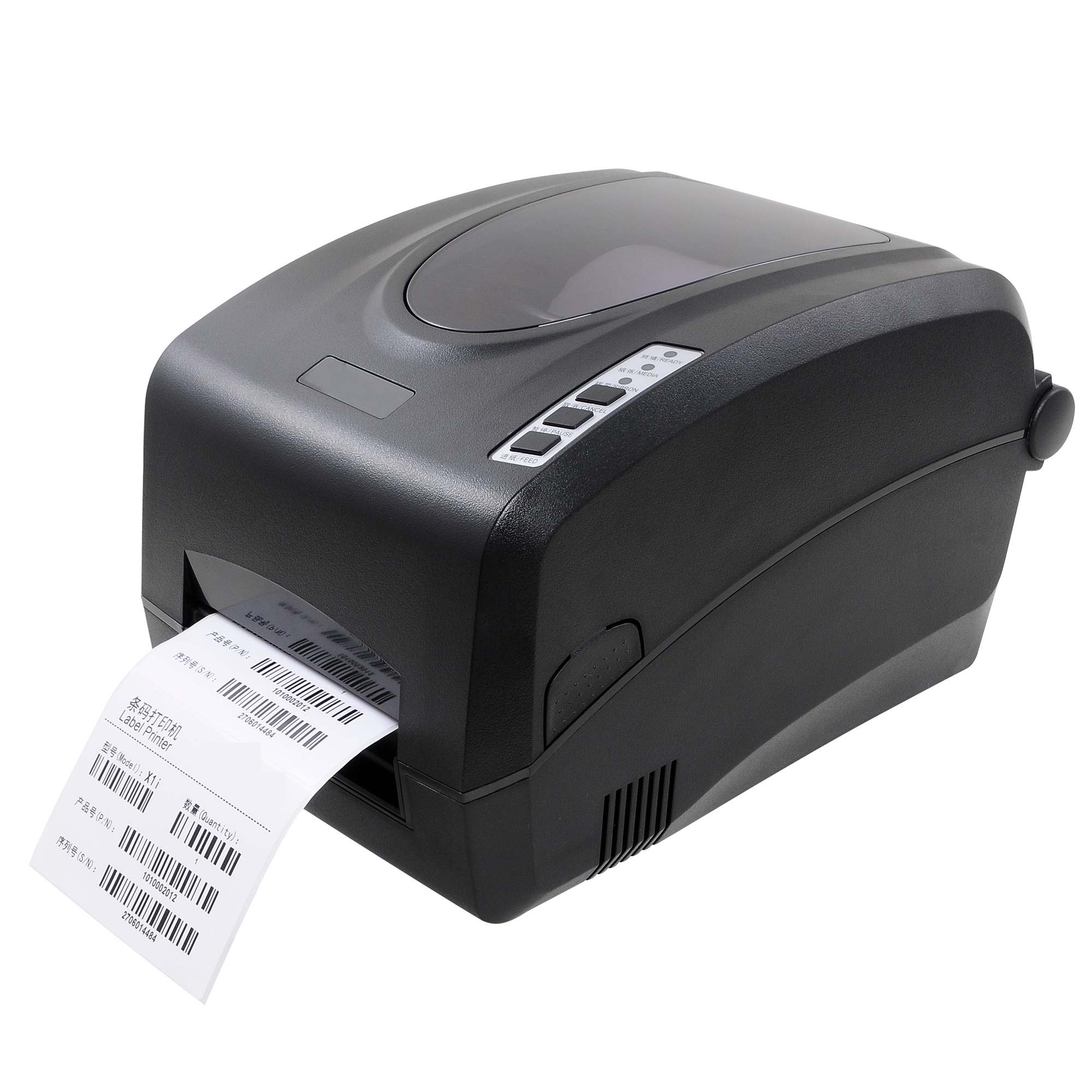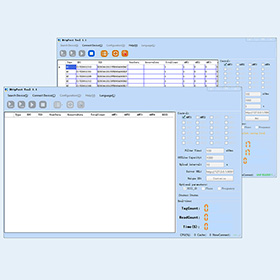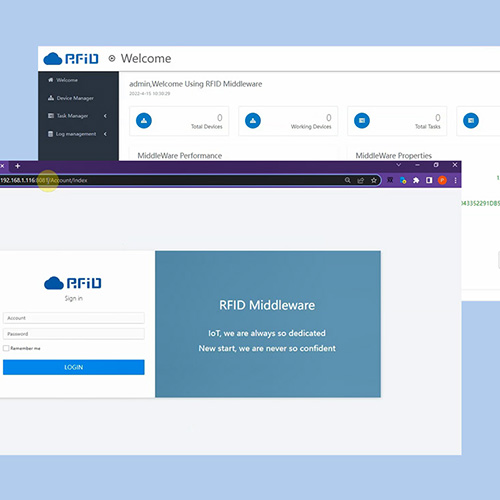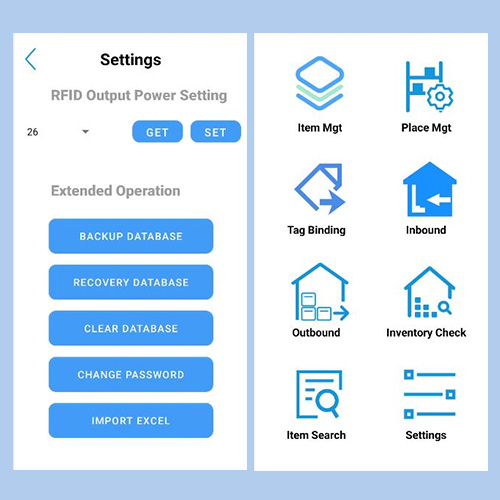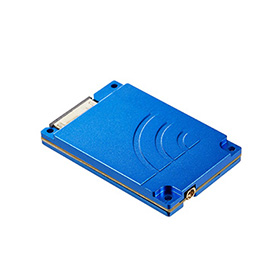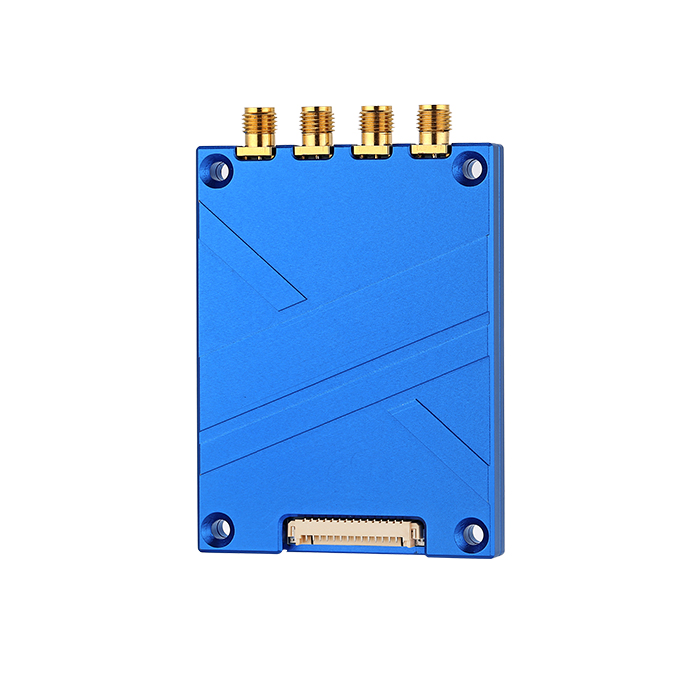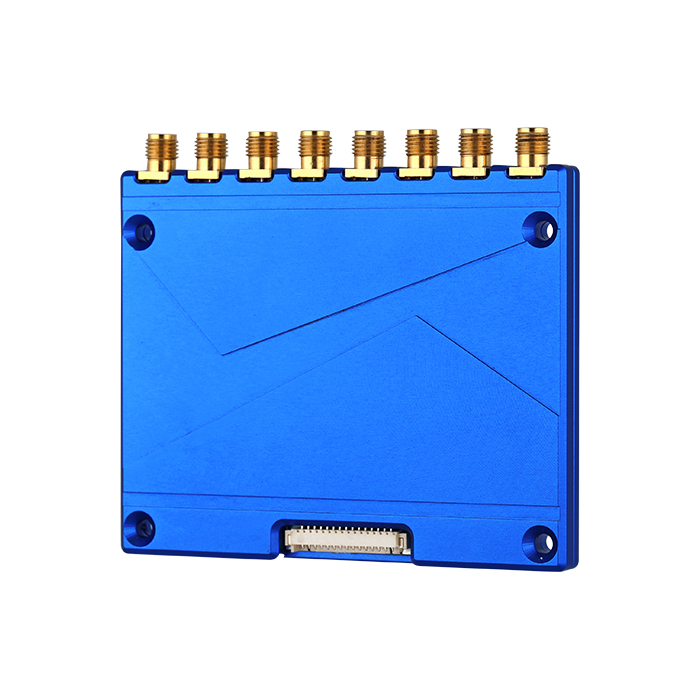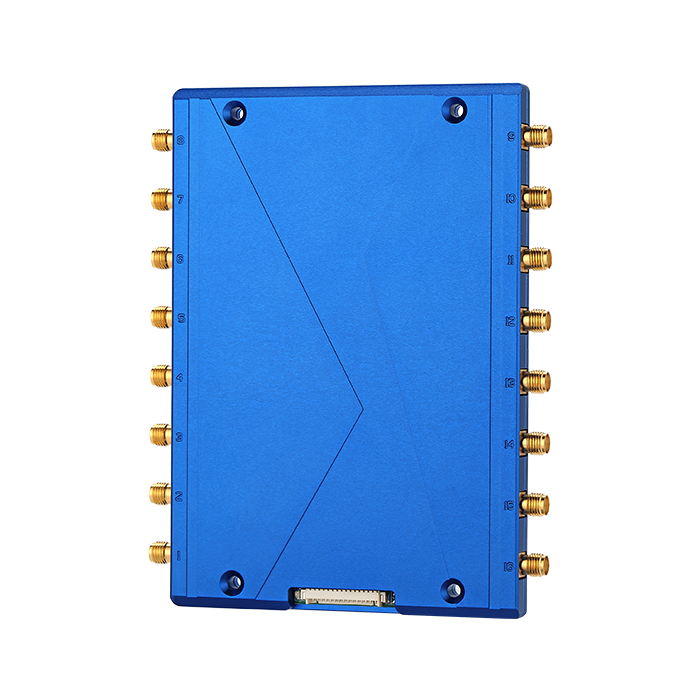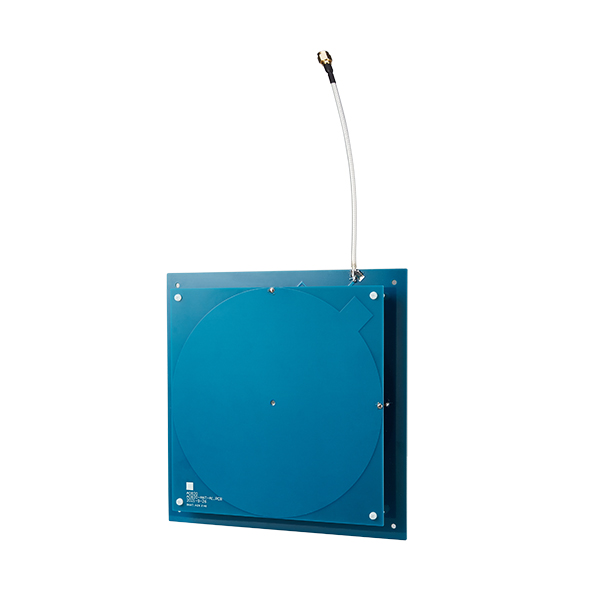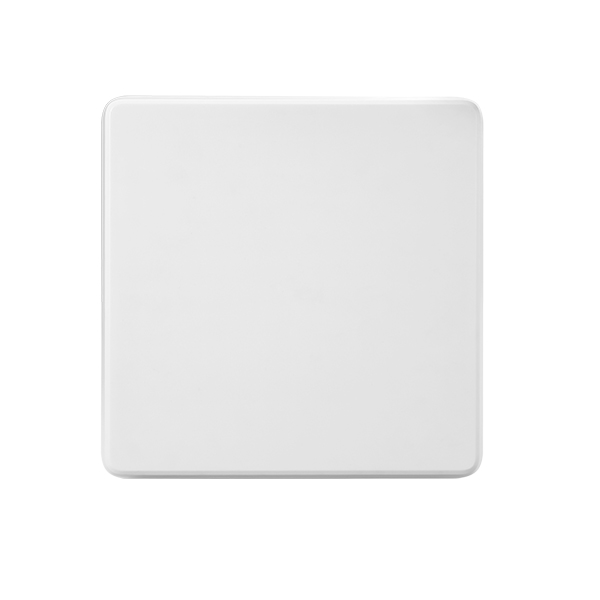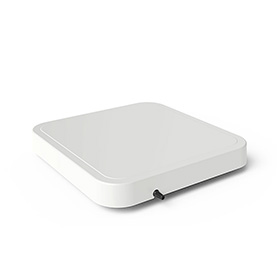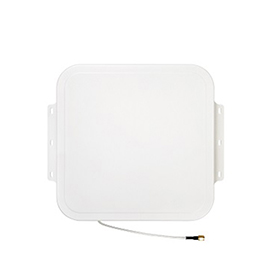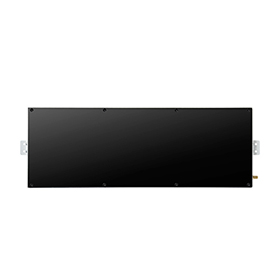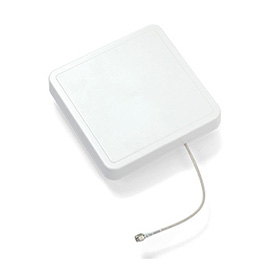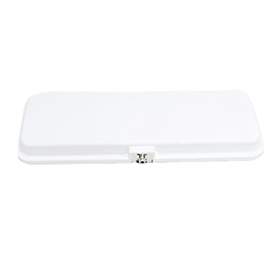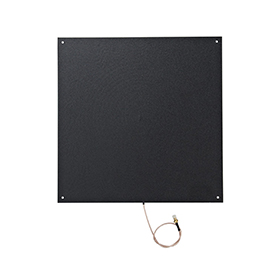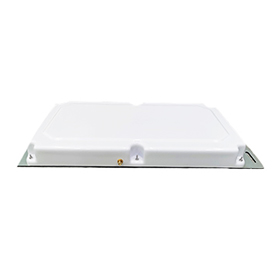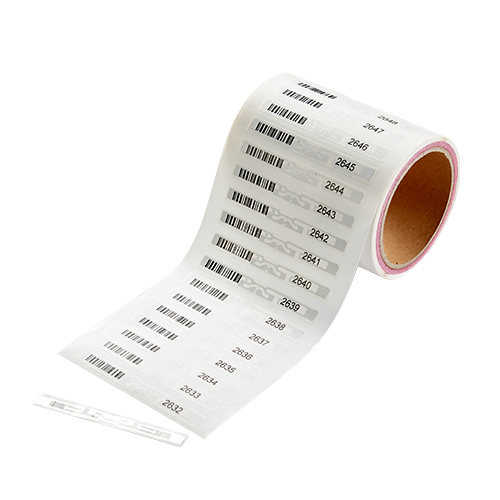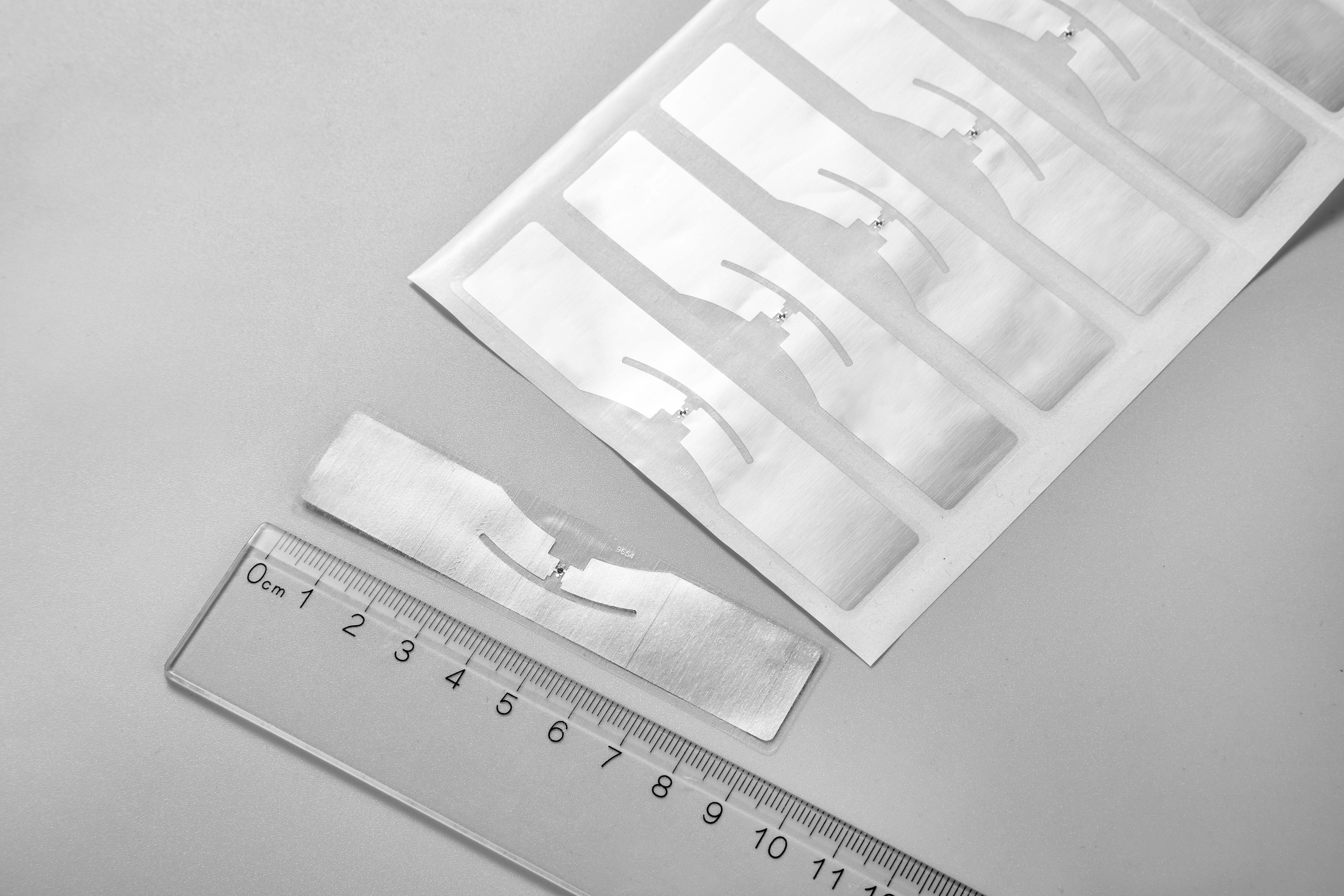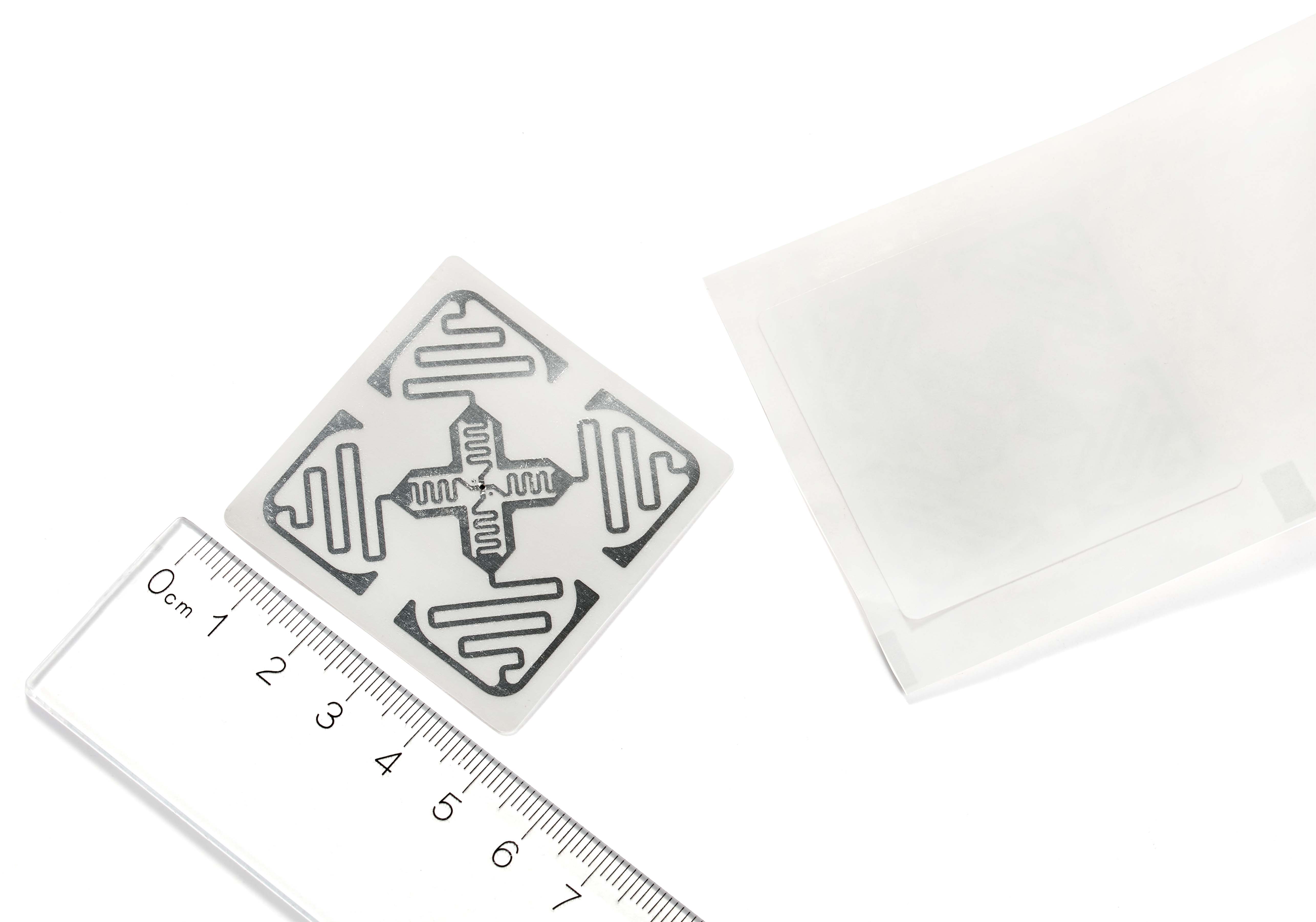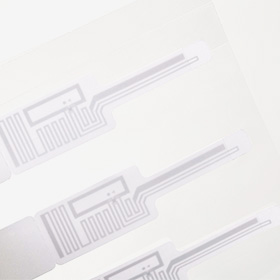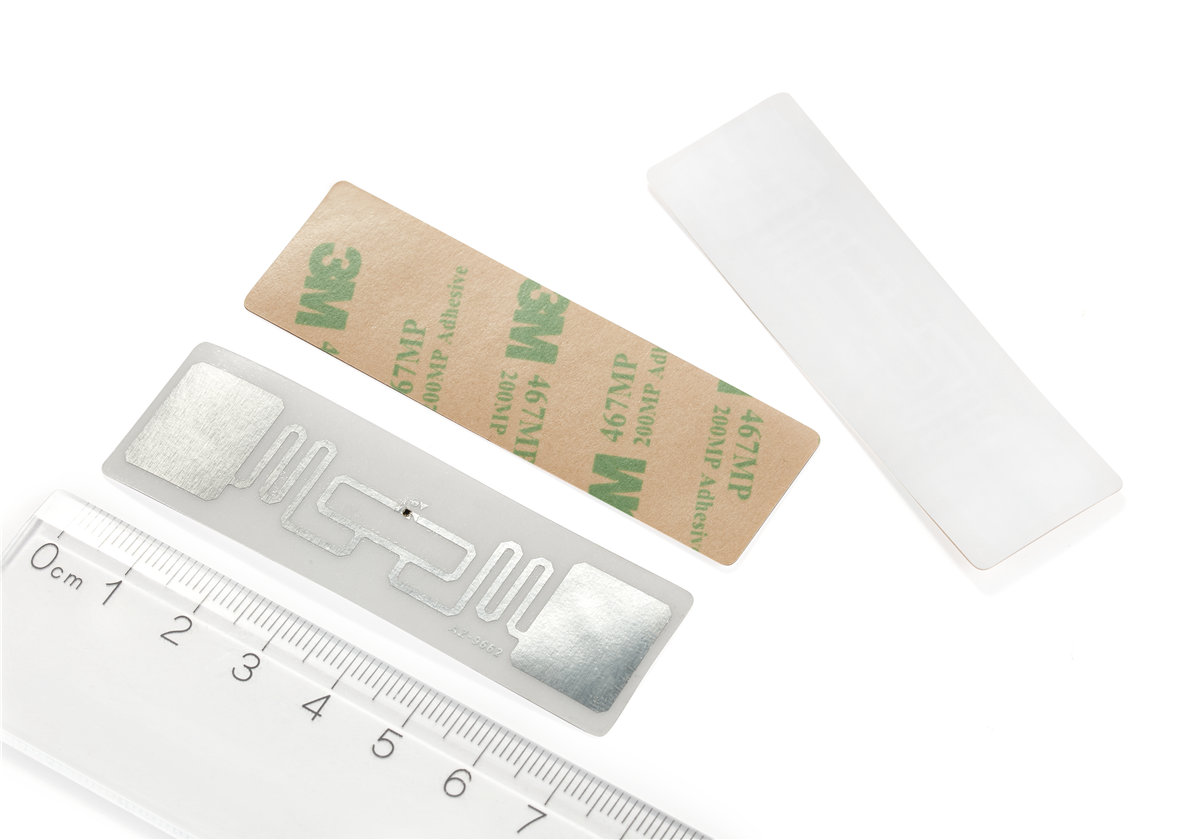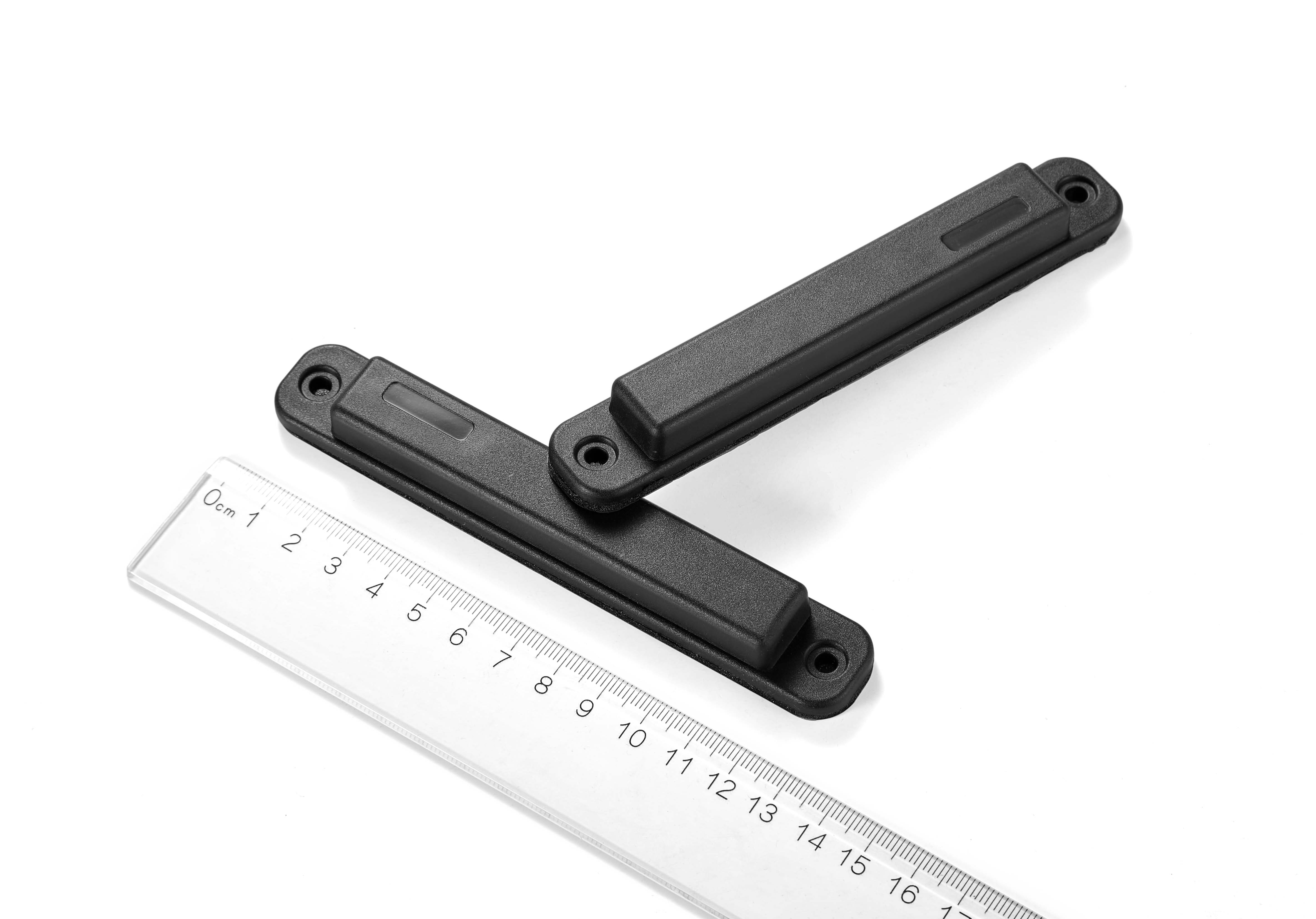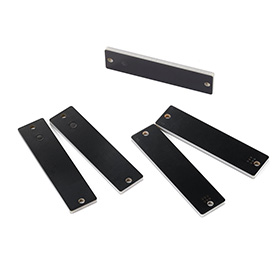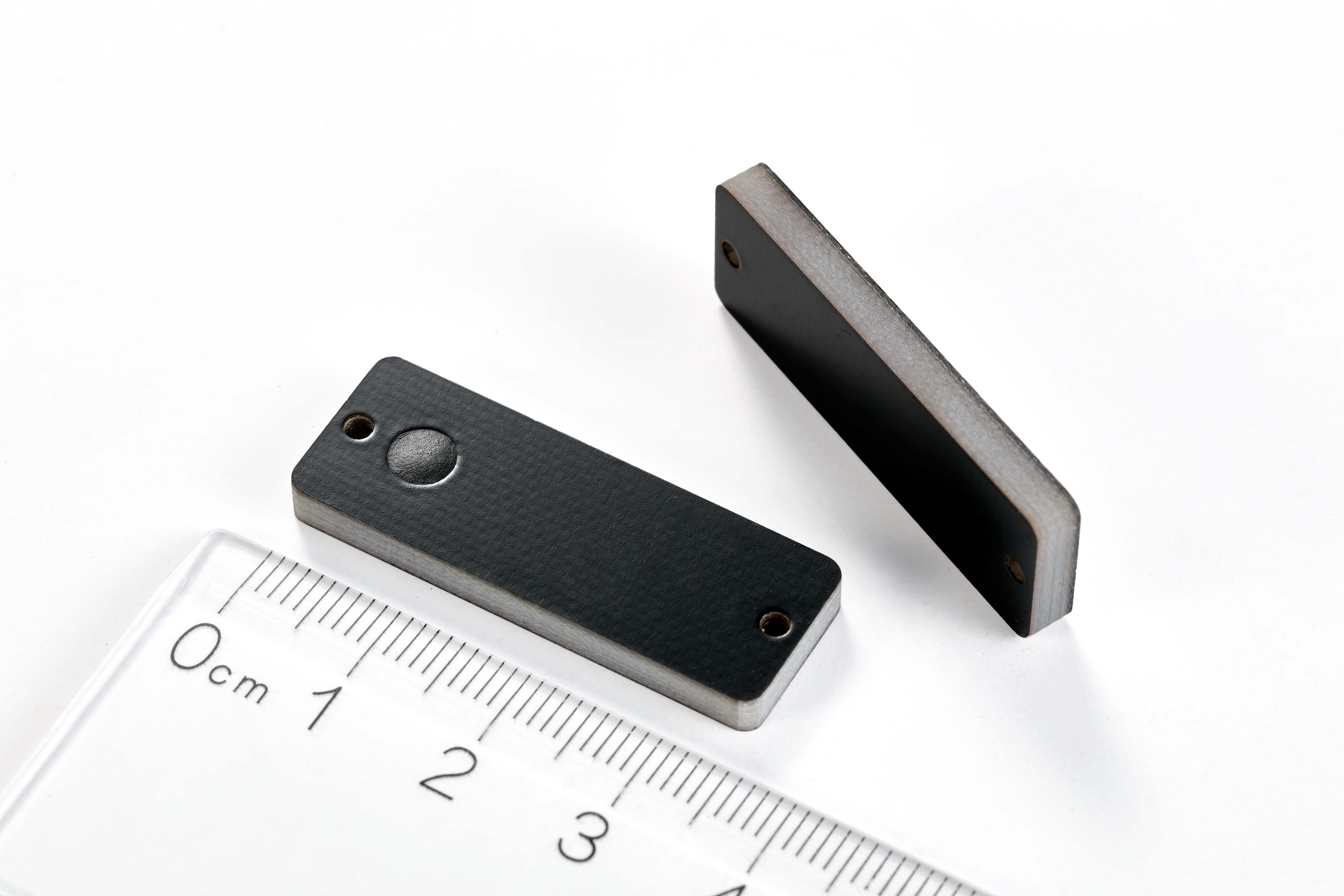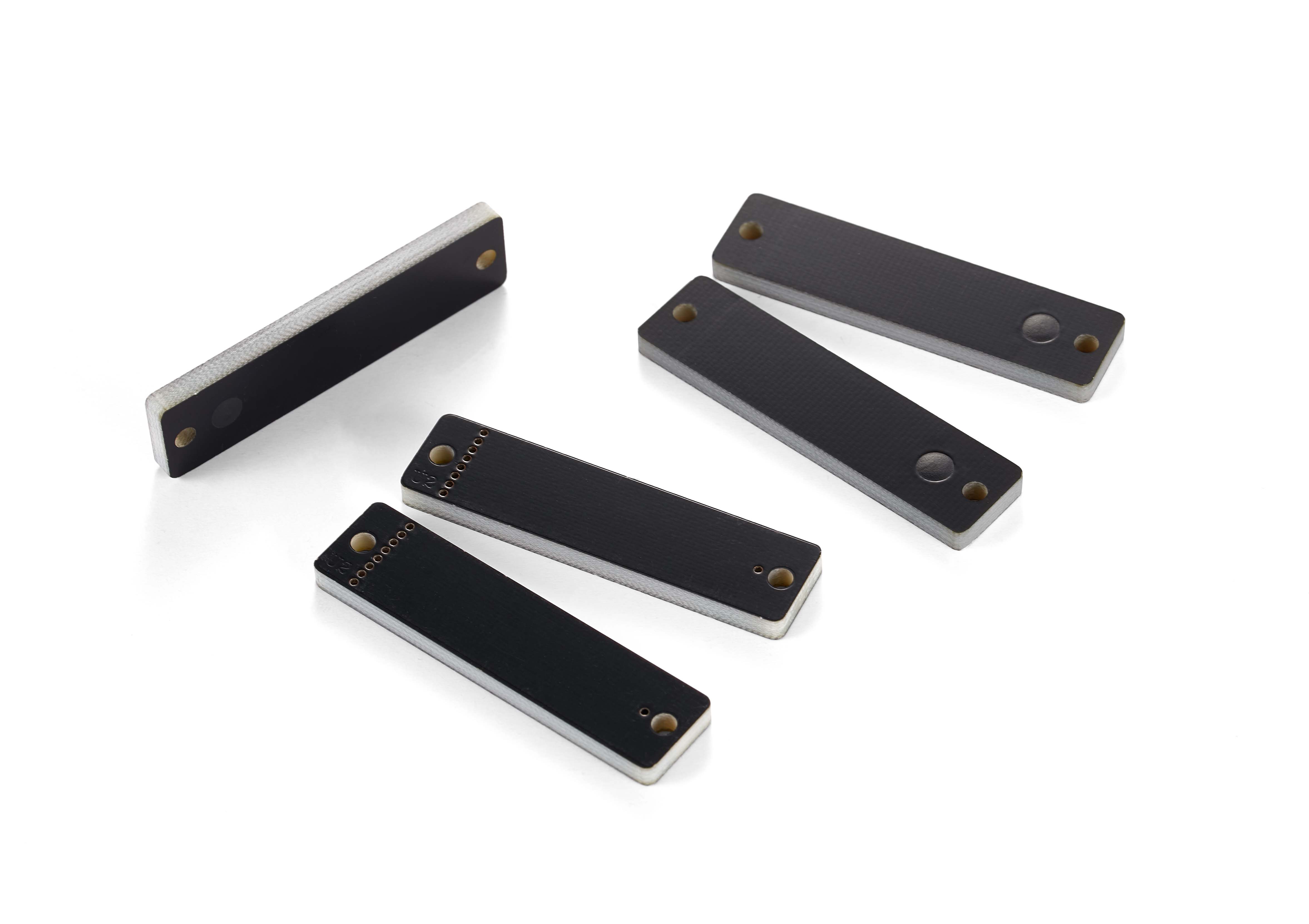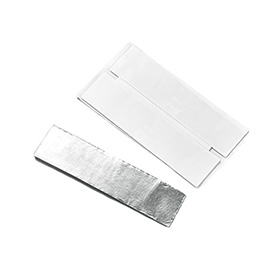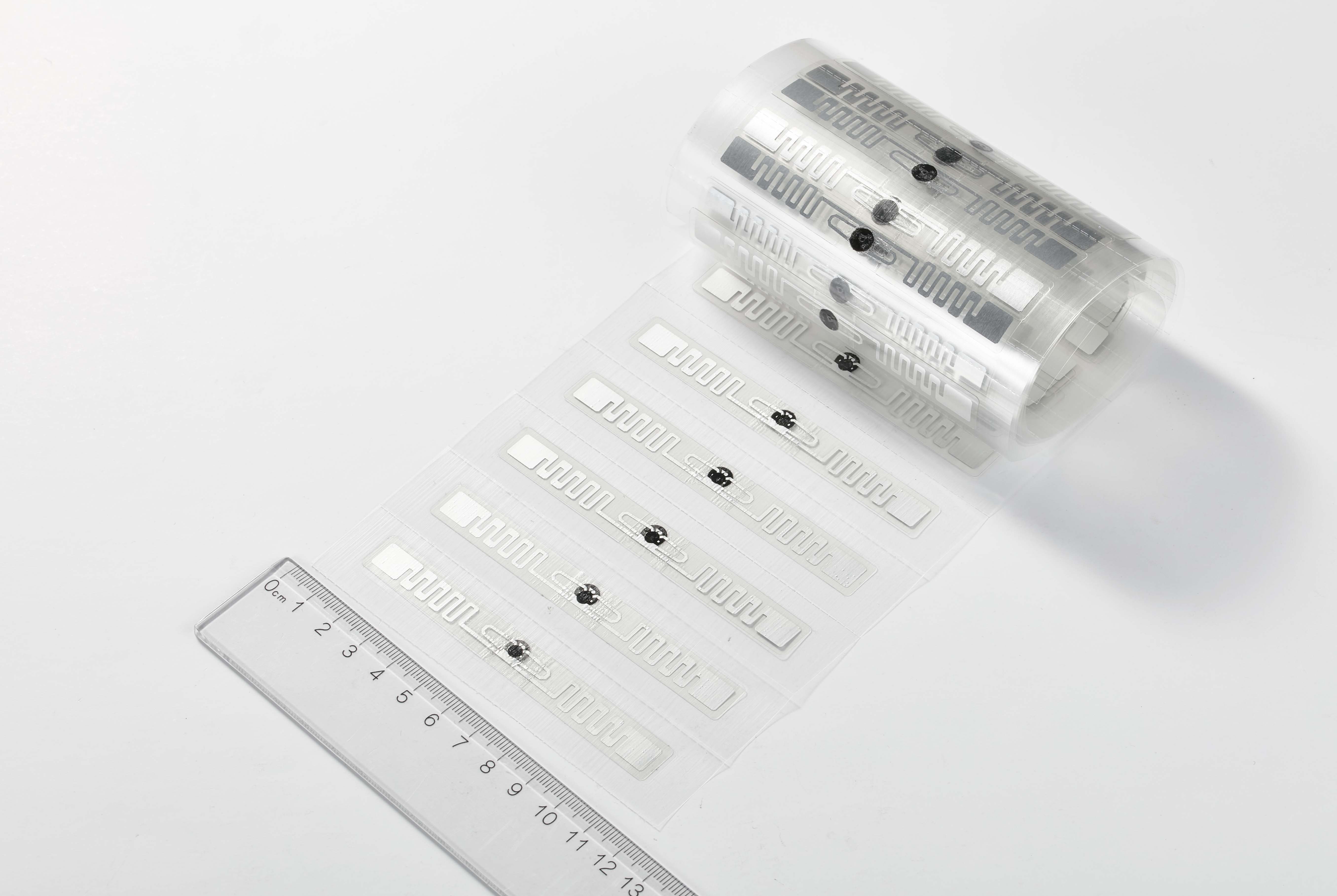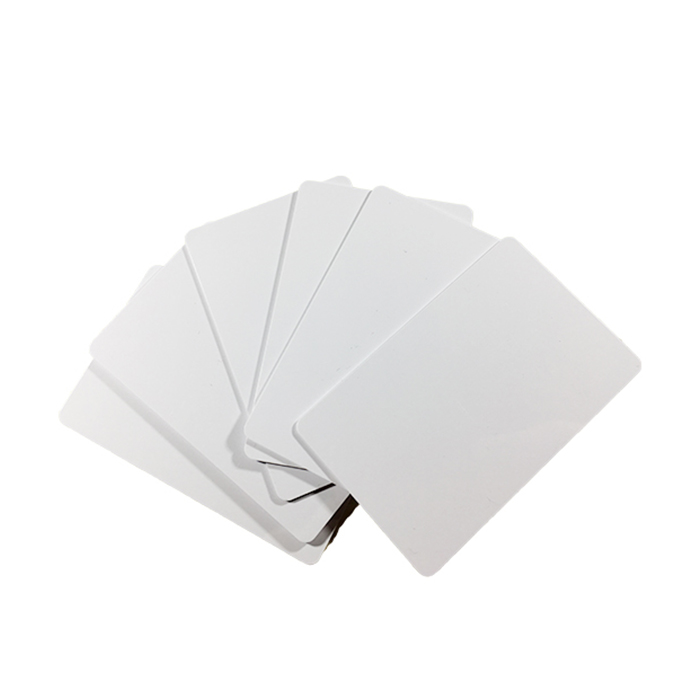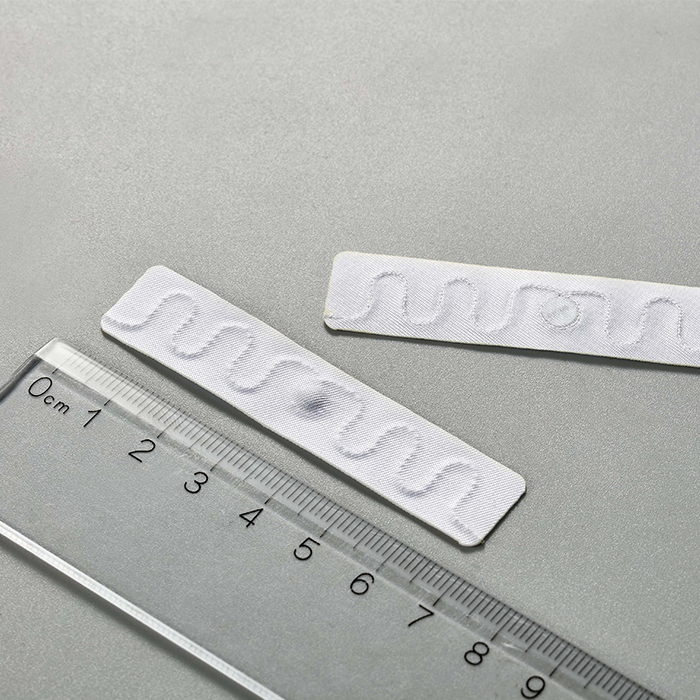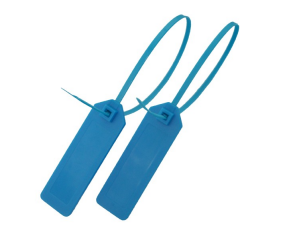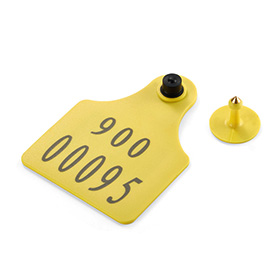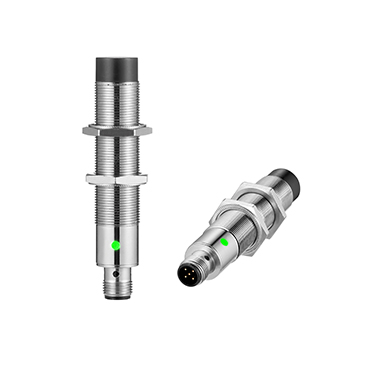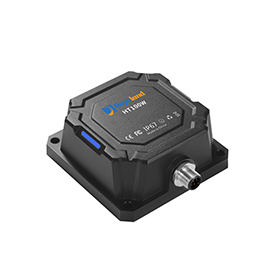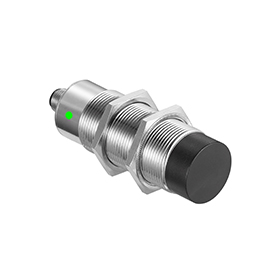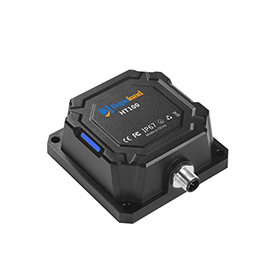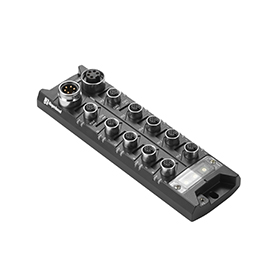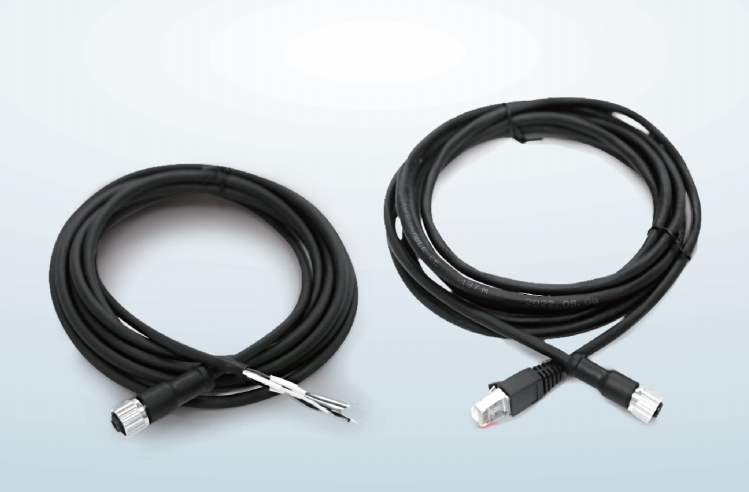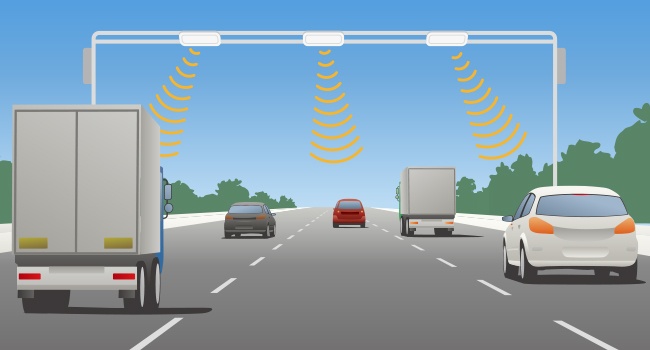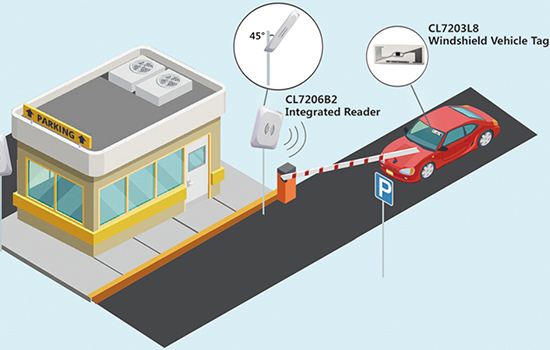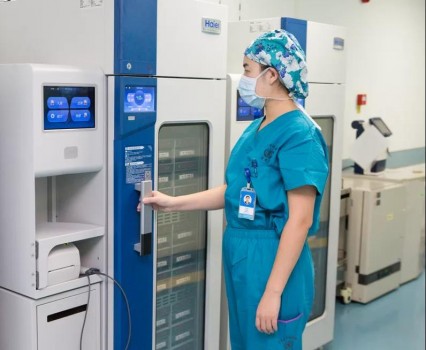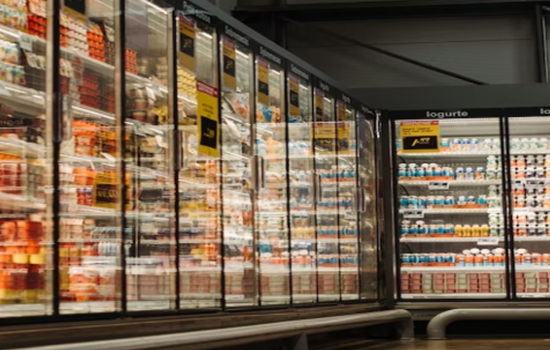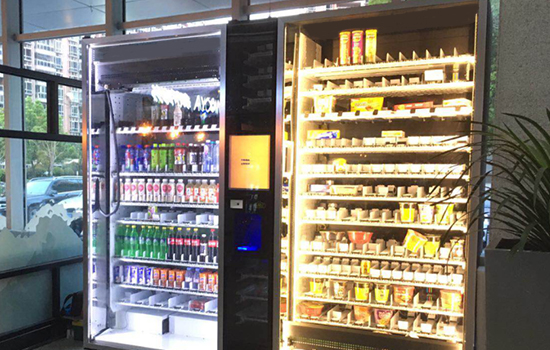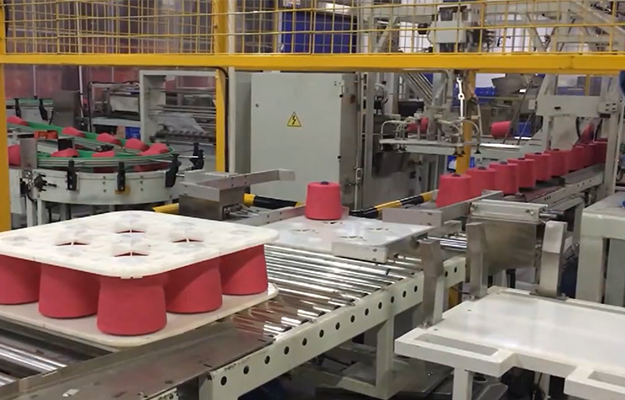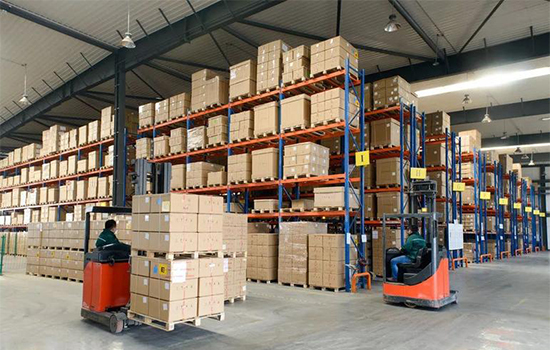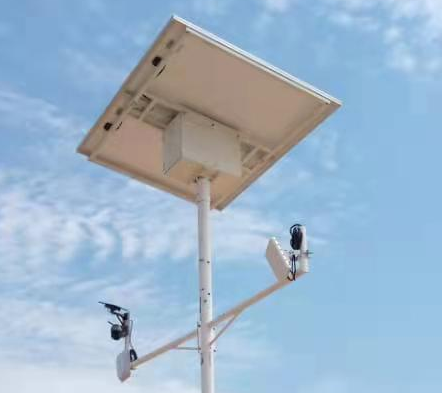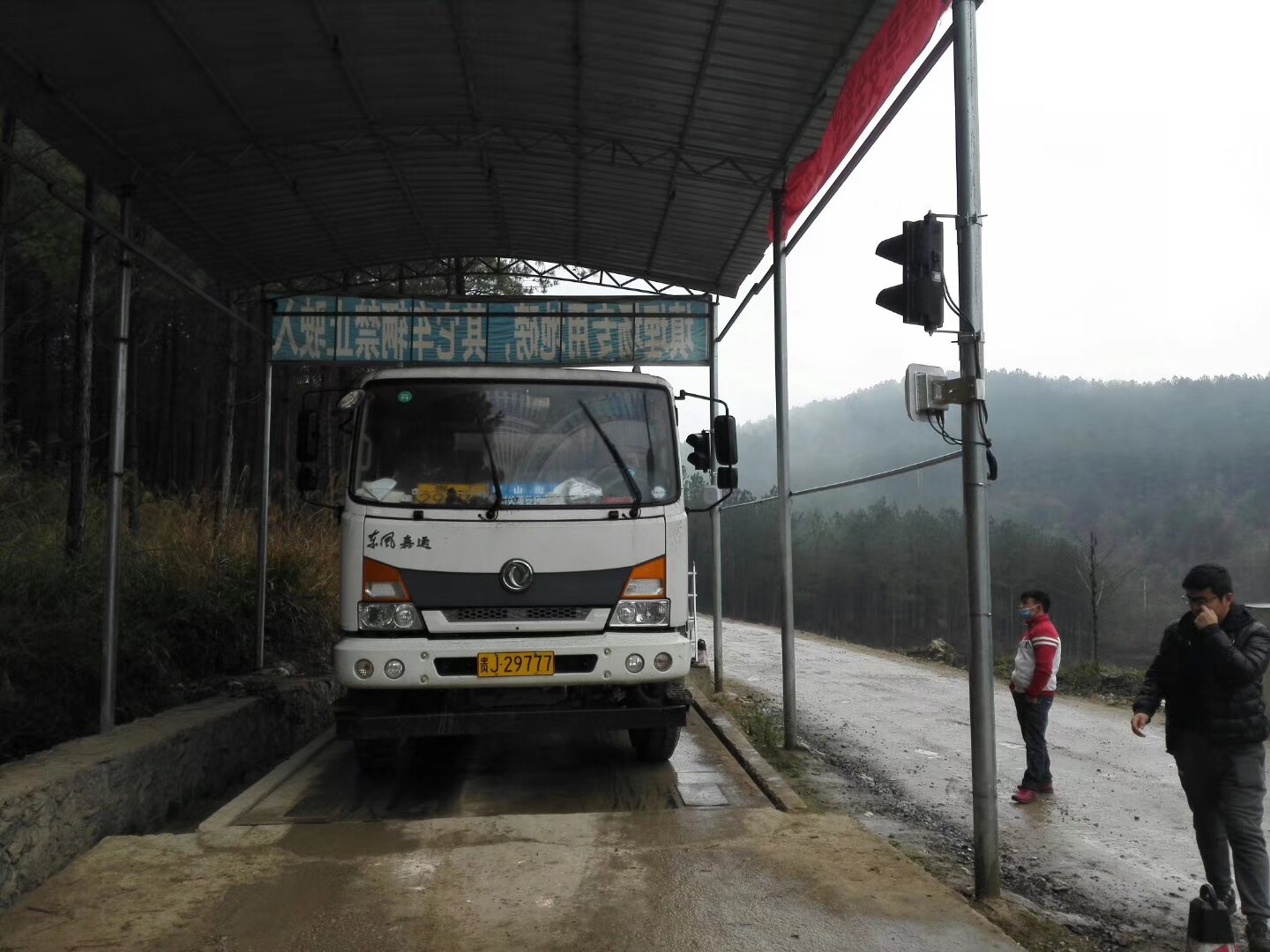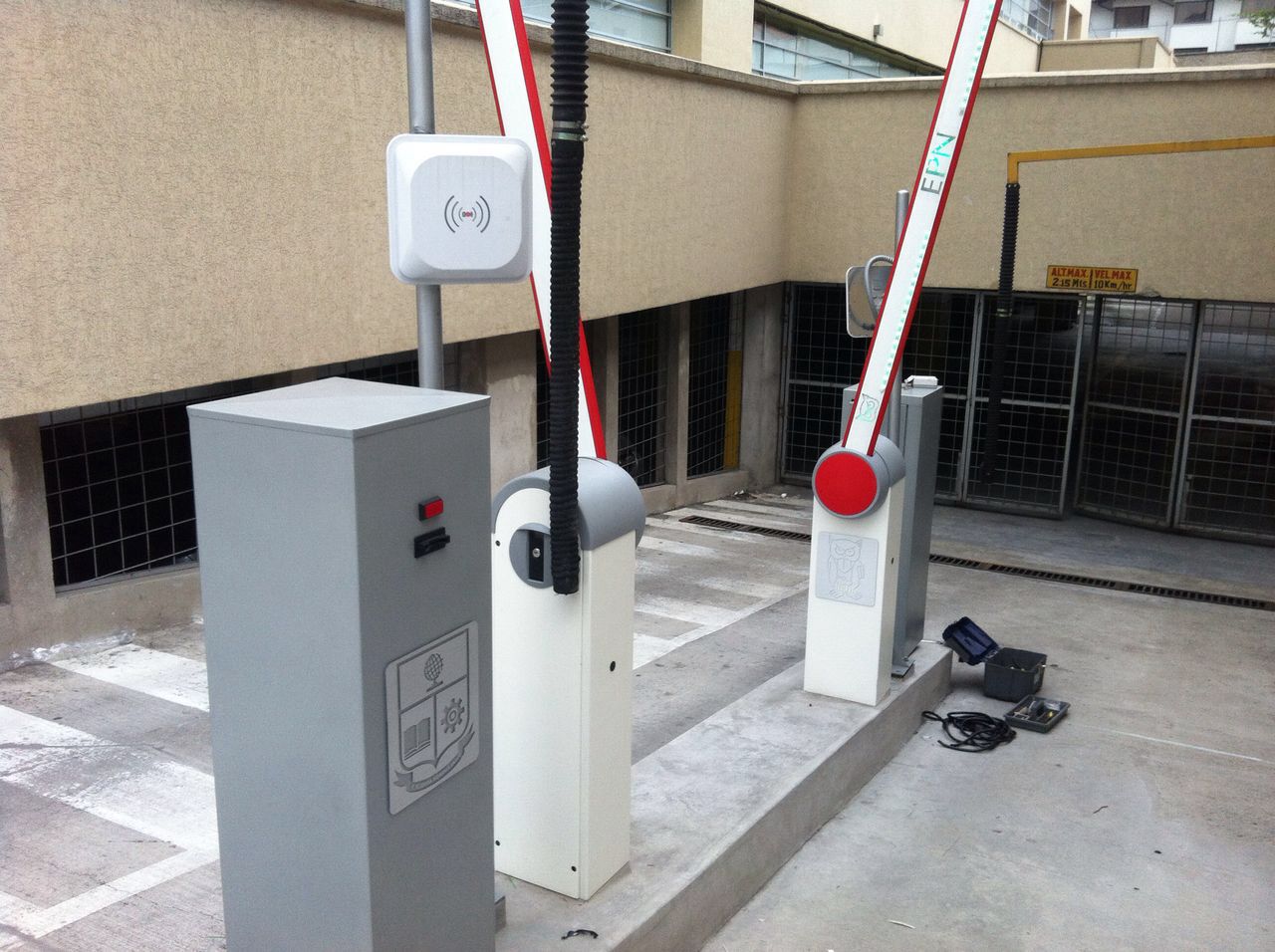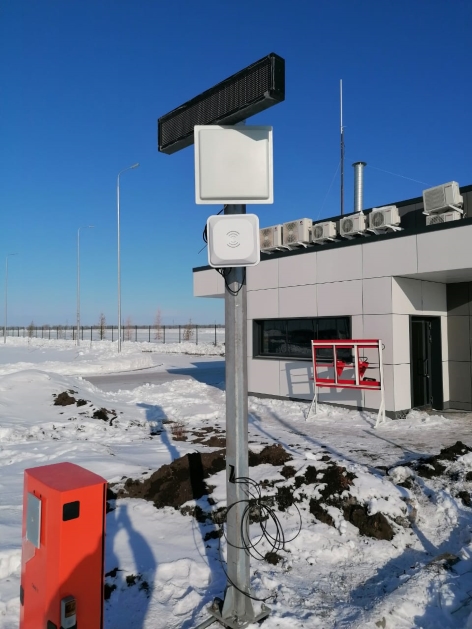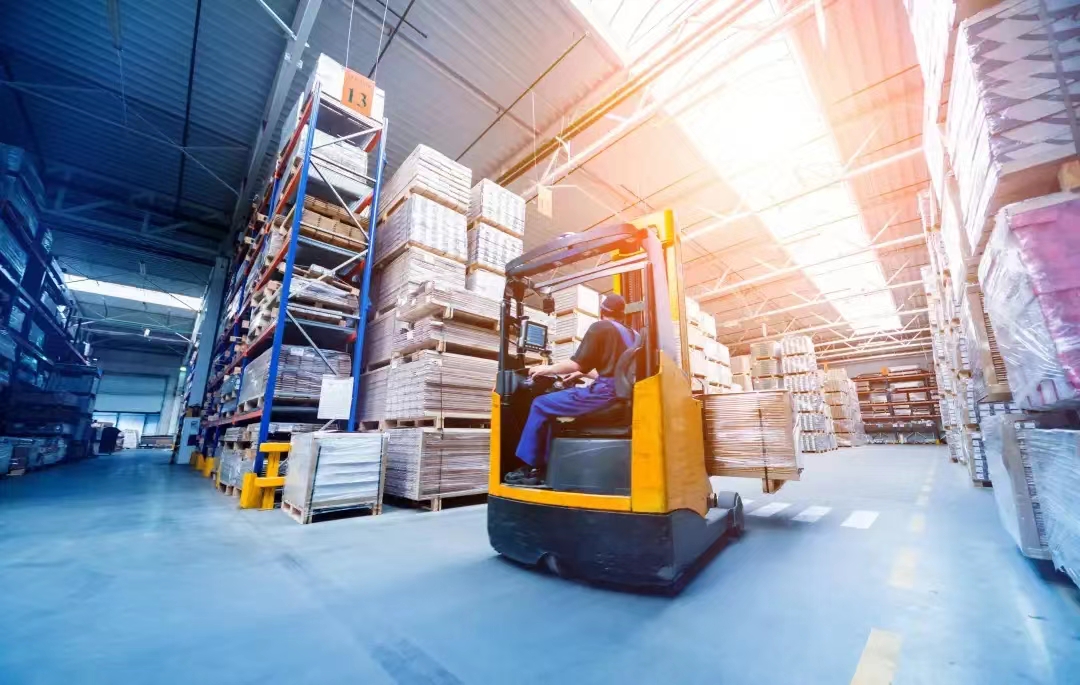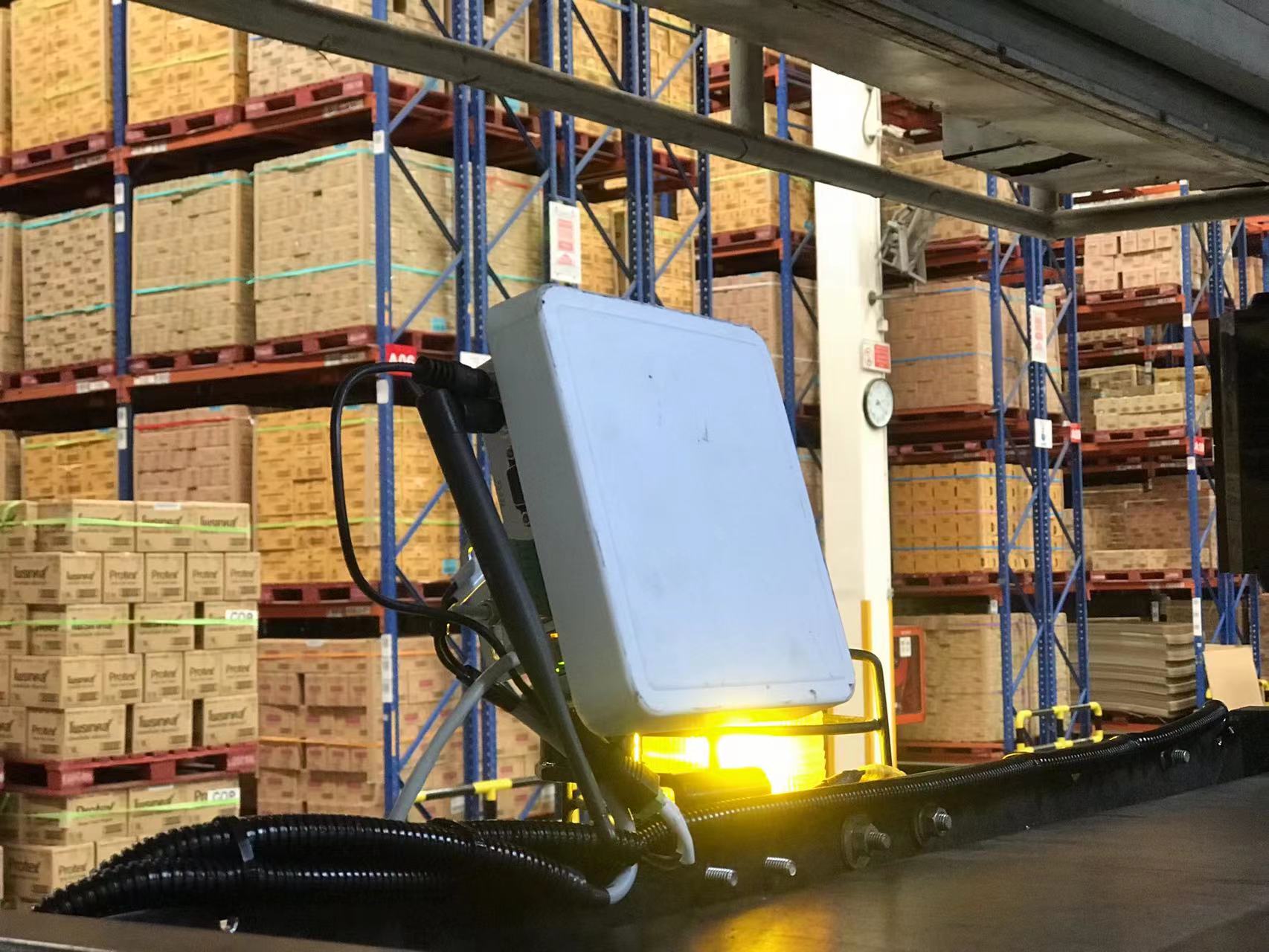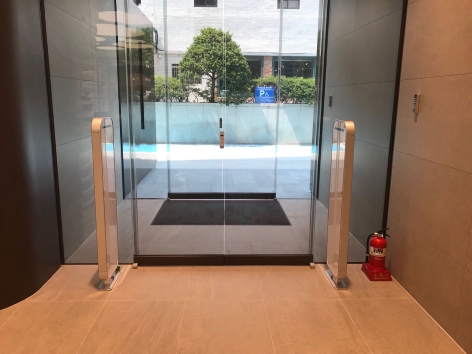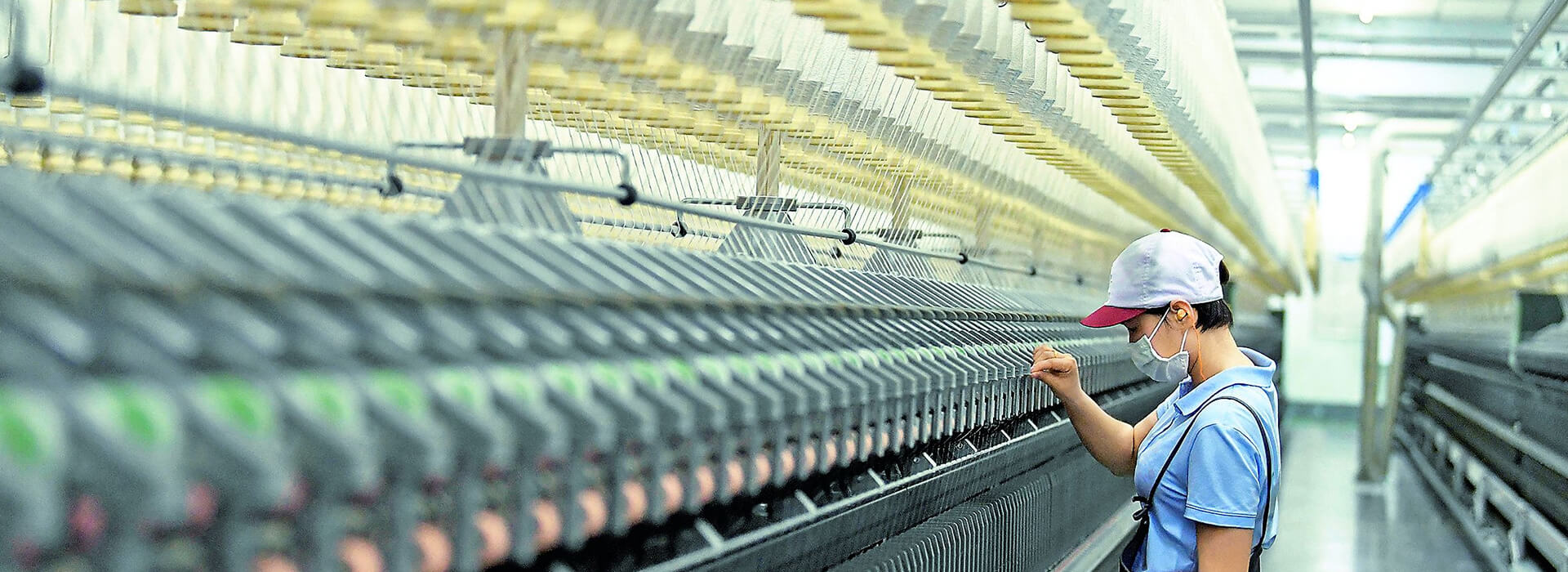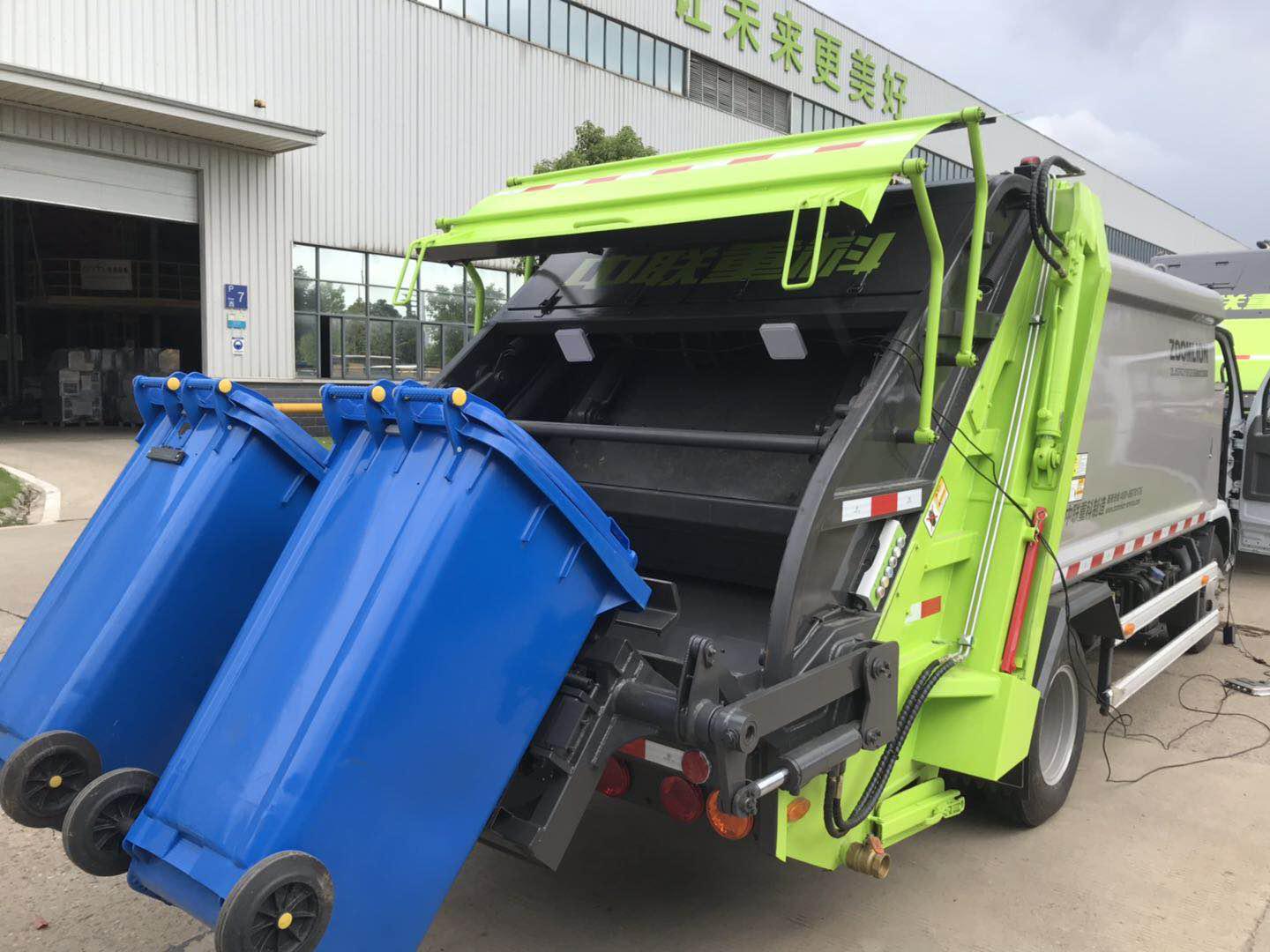Radiofrequency identification (RFID) and the Internet of Things (IoT) are here to make our lives easier. Their potential applications are endless, from reducing traffic congestion on city streets by tracking real-time transportation data to helping farmers improve crop yields through precision agriculture. These tech advancements share some similarities, but there are also key differences in how they operate. Today, we'll take a closer look at RFID technology and IoT, discuss their potential applications, and see how they change how we do business. Stay tuned to learn more!
How RFID and IoT Technology Revolutionize the Retail Industry
The retail industry is constantly evolving. To stay ahead of the curve, retailers need to be aware of the latest technological advancements—such as RFID technology and IoT. But what are these technologies, and how are they used in the retail industry?
Here's what you must know:
RFID tags are tiny computer chips with antennas that store and transmit information. You can attach or embed these tags in products, animals, or even people. And then use RFID readers to track the movement of these tags. For example, a UHF RFID reader can read an RFID tag attached to a pair of jeans in a store as the jeans move from the racks to the fitting room and the checkout counter.
IoT, on the other hand, is a network of devices, appliances, vehicles, and other items embedded with electronics, sensors, and software which enable them to form a network and transfer data. So, how is this relevant to retail? IoT sensors can track customer behavior in a store— like the aisles they go through or the time they spend in each section. You can then analyze this information to improve the shopping experience for future customers.
RFID technology and IoT are just two examples of how technology changes the business horizon. By tracking customer behavior and collecting data, retailers can optimize their business and better meet customer needs.
RFID VS IoT: Similarities & Differences
With the world becoming ever more digital, understanding the differences between types of technologies is crucial. Two such revolutionary horizons are RFID technology and IoT - they may sound similar, but both perform different functions. Let's explore what sets these two apart from each other!
1) The Key Differences
You might not realize it, but the humble RFID tag that's probably sitting in your wallet now has considerable differences with the Internet of Things (IoT). Here's a look at the critical differences between IoT and RFID technology:
1. Network: RFID uses short-range communication, while IoT uses long-range communication. RFID is typically used for tracking purposes within a specific area, while IoT can track devices across a wide area.
2. Data communications: RFID uses unidirectional data communications; however, IoT uses bidirectional data communications. Also, RFID can only send data from the tag to the reader, while IoT can send data from the device to the cloud and back again.
3. Handiness: RFID tags are typically much smaller than IoT devices, which makes them more convenient to use in certain applications.
4. Cost: RFID tags can be less expensive than IoT devices, making them a more cost-effective solution for many businesses.
5. Database Direction: RFID tags typically send data to a centralized database, while IoT devices send data to a decentralized database.
6. Security: One of the key advantages of IoT over RFID is security. Since IoT devices are connected to the internet, they can be encrypted and password-protected. However, RFID tags are not connected to the internet and thus cannot be encrypted or password-protected.
2) The Similarities
RFID and IoT technology rely on sensors to collect and share data between physical devices and a cloud database. Let's take a closer look at the similarities between RFID technology and IoT:
1. Data Collection and Sharing
Both technologies rely on sensors to gather information about their surroundings. This data is then transmitted wirelessly to a central database, which can be analyzed and used to trigger certain actions. For example, an RFID tag might estimate inventory levels in a store, while an IoT sensor might be used to monitor traffic conditions on a busy road.
2. The Potential for Automation
Because an RFID application and IoT can collect vast amounts of data about their surroundings, we can use them to automate different tasks. For example, an RFID tag can trigger a reordering process when inventory levels reach a certain point. An IoT sensor can automatically adjust traffic light timing based on real-time traffic conditions.
Want to Leverage the Power of RFID and IoT? Hopeland Has Got You Covered!
Now that we've got a basic understanding of both technologies, here are two amazing RFID readers you can try your hands on:
1) HH340

Hopeland HH340 is a powerful smart RFID reader that supports UHF RFID scanning. Adopting self-developed UHF RFID modules based on the advanced Impinj RAIN RFID E710 chip and offering multiple tags reading performance, which can scan up to 600-900 tags per second. It is a rugged reader that can work well in harsh environments with extreme temperatures(-20℃~70℃) and high humidity. HH340 supports various data transmission channels.
2) HZ510

HZ510 is a UHF multi-purpose micron reader module based on Impinj RAIN RFID E710 or Indy R2000. It can be integrated into label printers, handheld PDAs, and fixed or mobile remote devices for electronic label reading. The compact module has a low power consumption but high working efficiency. The module can work in long-distance reading with high sensitivity, which ensures a quick and precise reading.
3) HZ540

HZ540 is a 4-port UHF RFID module based on Impinj Indy R2000. It can be integrated into Hopeland's self-developed RFID devices. It can read fast and accurately while consuming less power.
Rounding Up
We can use RFID technology to track our belongings, product inventory, vehicles, or even our pets. And with the development of the Internet of Things, we can place RFID tags on almost anything to give it a "digital identity." For example, we can use RFID tags to turn on lights or open doors. So, RFID technology is not only useful but also very convenient. And if you want to introduce these advanced technologies in your life, we recommend Hopeland and its reliable RFID technology-driven devices. Hopeland RFID devices are world-renowned for our performance, and we have a wide range of products to help you decide.
References:
https://www.techtarget.com/searcherp/tip/RFID-vs-IoT-What-are-the-differences#:~:text=IoT%20can%20support%20any%20network,brief%20tags%20or%20authentication%20tokens
https://www.rfidcard.com/what-is-the-relation-between-rfid-iot/







